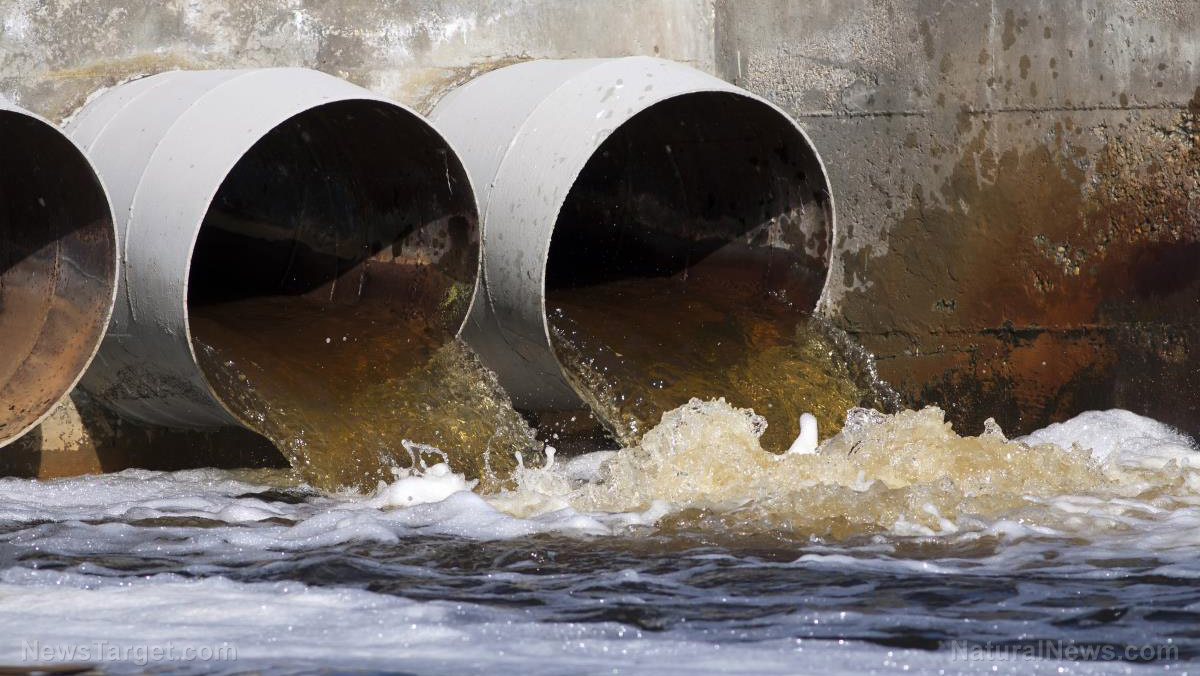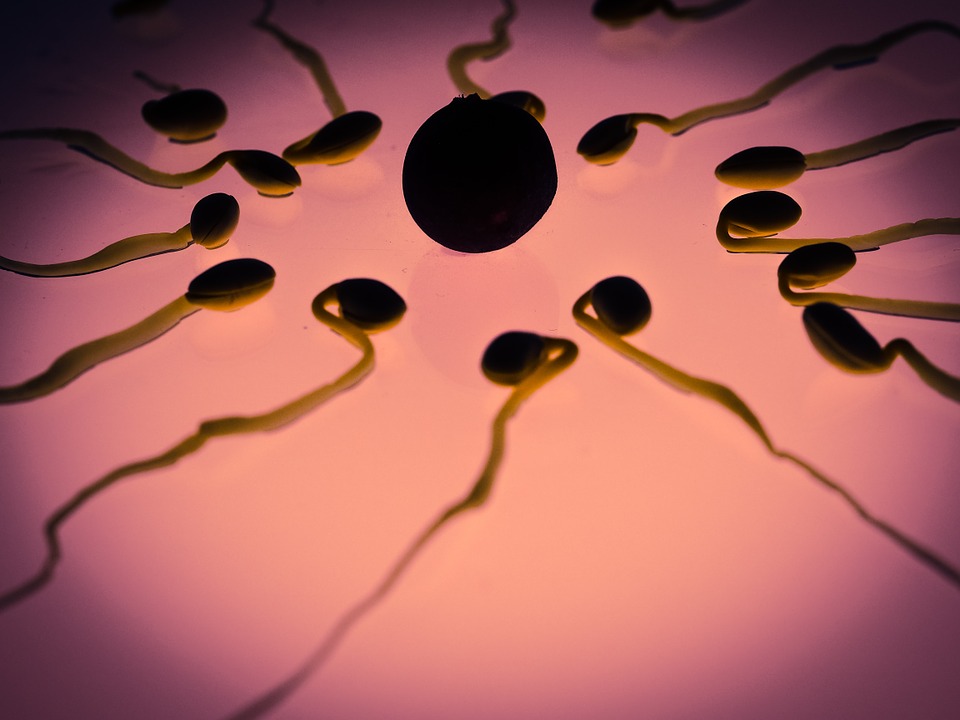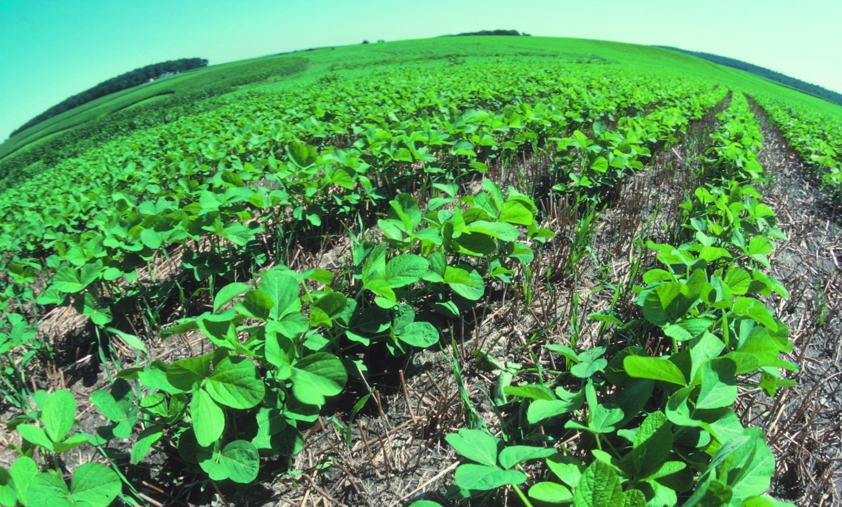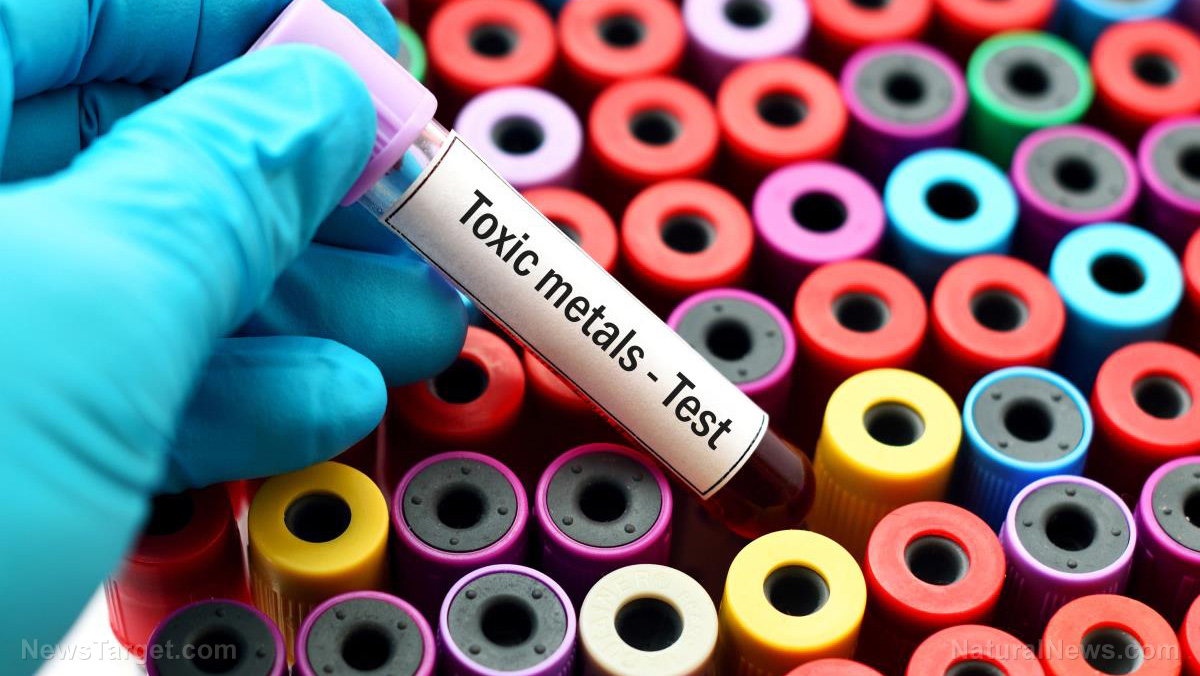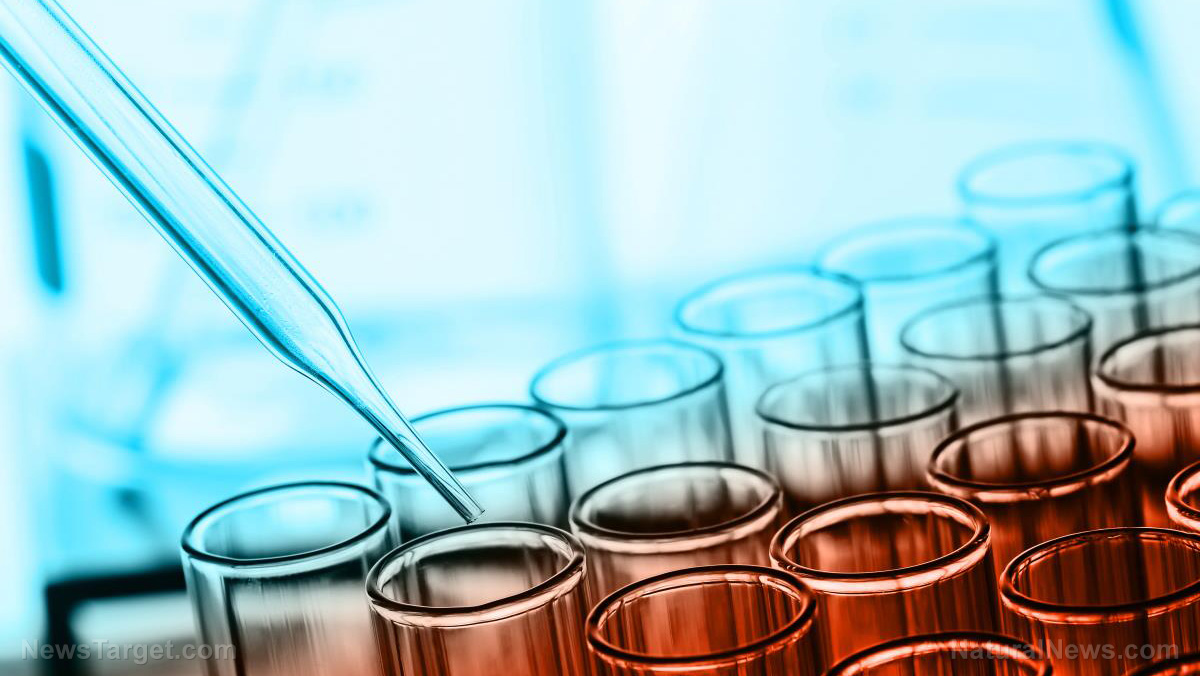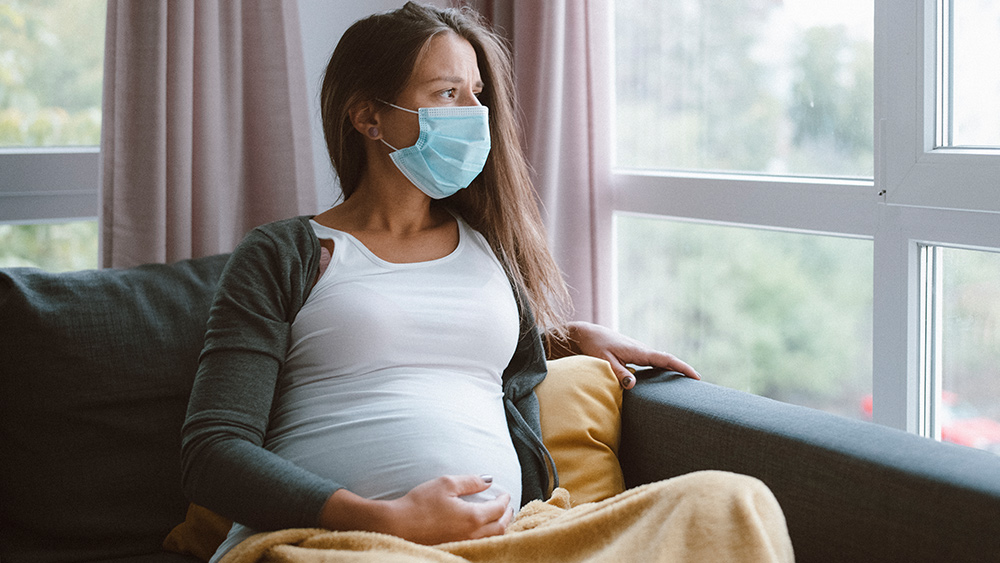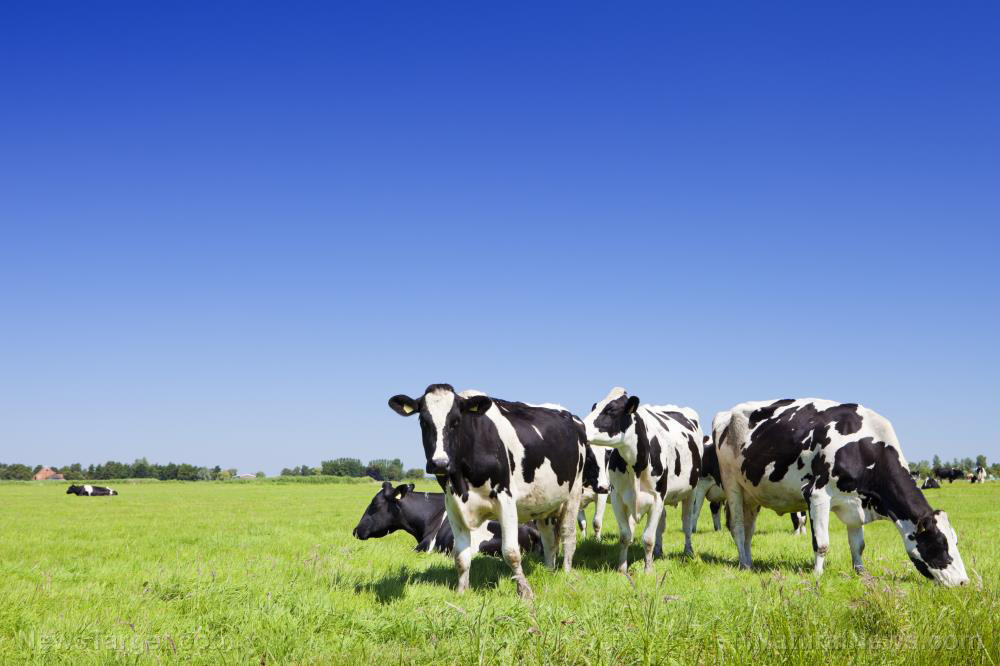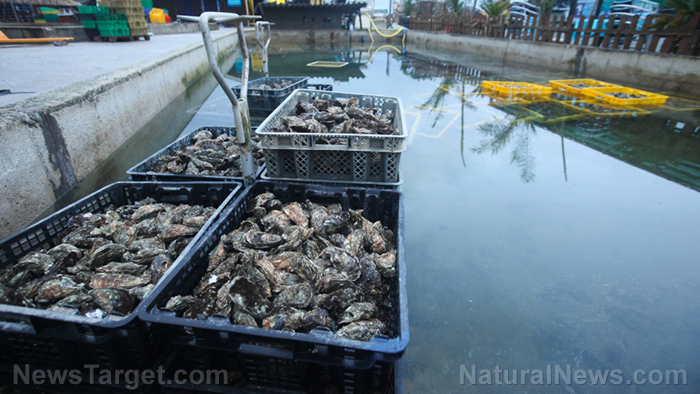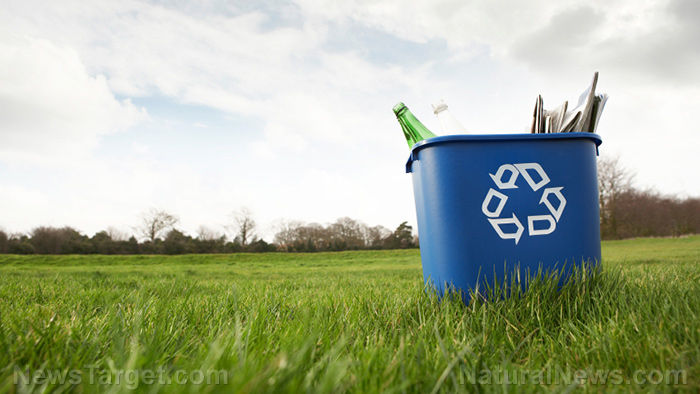Study: 74 Metric tons of microplastics present in coastal New Zealand city’s atmosphere
12/15/2022 / By Belle Carter

A study conducted by researchers from the University of Auckland in New Zealand found that Auckland’s atmosphere has 74 metric tons of microplastics – equivalent to three million plastic bottles per year.
The research published in Environmental Science & Technology underlined the fact that the smallest particles called nanoplastics can enter cells, cross the blood-brain barrier and build up in organs such as the testicles, liver and brain. Plastics have also been detected in the placenta in one experiment carried out over nine weeks from September to November 2020.
“Microplastics have also been detected in human lungs and in the lung tissue of cancer patients, indicating that the inhalation of atmospheric microplastics is an exposure risk to humans,” the study noted.
The researchers used a method that could detect particles as small as 0.01 of a millimeter. They noted that the levels of microplastics in the New Zealand city’s air were much higher than those recorded in London, Paris and Hamburg in the past years. In Auckland, the average number of airborne microplastics per square meter in a day was 4,885, compared with 771 in London (2020), 275 in Hamburg (2019) and 110 in Paris (2016).
“The smaller the size ranges we looked at, the more microplastics we saw,” said Dr. Joel Rindelaub, the lead author of the study. “This is notable because the smallest sizes are the most toxicologically relevant.” He added that researchers worldwide were likely to have dramatically undercounted their airborne microplastics.

Polyethylene (PE) was the major substance detected in the research, followed by polycarbonate (PC) and polyethylene terephthalate (PET). All three are used in the construction industry, with PE and PET being used in packaging materials and PC in electrical and electronic applications.
“Over the last 70 years, 8.3 billion metric tons of plastic have been produced globally,” the study authors wrote. “Only nine percent have been recycled, with the rest either incinerated or released into the environment.”
The researchers called for standardization of reporting metrics so studies of airborne microplastics could be better compared. Microplastics enter the environment from various sources, with weathering and aging breaking plastic down into smaller particles.
Microplastics also found near South Pole
Plastic pollution is widespread even in the southernmost part of Earth. This was proven by a recent study that involved a team of researchers who found microplastics in samples taken near Antarctica. (Related: Scientists find MICROPLASTICS in samples taken near Antarctica.)
Scientists from the University of Oxford found microplastics in the form of fibrous polyesters in the air, seawater and sea ice in the Weddell Sea near the South Pole. The said “pollutants” were collected 1,060 to 1,740 feet under the sea’s surface. Fibrous polyesters originate from textiles made of synthetic materials like polyester and acrylic.
The discovery of the plastic fragments was rather accidental in nature as the scientists collected the samples while looking for the wreck of the Endurance, the ship helmed by Sir Ernest Shackleton.
Published in Frontiers in Marine Science, the study confirmed that all the samples contained fibrous polyesters. Microplastics usually come from clothes and fishing equipment like nets and ropes. These microplastic fibers being discovered in air samples are of serious concern as Antarctic animals and seabirds could be breathing them in as well.
“Our discovery of microplastics in seabed sediment samples has revealed evidence of a plastic sink in the depths of the Antarctic waters,” the research co-author Lucy Woodall said. “Yet again, we have seen that plastic pollution is being transported great distances by wind, ice and sea currents.”
She pointed out that the results of the research collectively demonstrate the vital importance of reducing plastic pollution globally.
Follow Microplastics.news for more news about plastic pollution.
Watch the video below that talks about FDA allowing microplastics in food and water supply.
This video is from the InfoWars channel on Brighteon.com.
More related stories:
Microplastic pollution threatening coastal lagoons worldwide; African lagoons most affected.
Study finds MICROPLASTIC fibers from FACE MASKS lodged in human lungs.
Australians are ingesting microplastics at home – study.
Sources include:
Submit a correction >>
Tagged Under:
This article may contain statements that reflect the opinion of the author

